The content of the article
White and cauliflower occupies a leading position among the most consumed vegetables. It is used for making salads and borscht in all seasons. And then there are broccoli, kohlrabi and Brussels sprouts, from which diet stews and casseroles are obtained. All varieties can be grown in their own area, so as not to buy in the store. And in order for cabbage to get acclimatized better in the open field, it is planted there not in the form of seeds, but already formed seedlings.
Choosing and preparing seeds
Home and purchased seed should match the climatic conditions in which the plant is to grow. Some varieties do not tolerate heat, others die from frequent rains or during droughts. Information on the regions in which this cabbage can be grown is indicated on the packaging.If the planting material got from a good neighbor, it is recommended to perform the tempering procedure.
Seed selection
Step 1: Pour the blank onto a sheet of paper, and separate the deformed specimens. Spoiled seeds should not be used for growing seedlings.
Step 2: Immerse the remaining seed in a jar of water and add a little salt to it. Dissolve a tablespoon of dry ingredient in 1 liter of liquid, mix thoroughly with the seeds. Wait until the empty shells float to the top, and the "live" cabbage sinks to the bottom.
Stage 3: Gently drain the solution with bad seeds, rinse the rest in plain water, and dry a little. You can start disinfection and hardening. This stage is missed if the seeds were purchased from a reliable manufacturer, and there is no doubt about their quality.
Treatment
- Dissolve potassium permanganate in a cup of water to form a strong pink solution with a violet hue.
- Pour the seeds into a piece of gauze, tie a cloth, and immerse in a container for 20 minutes.
- Remove and wash, dry on a sheet of paper.
The second natural option:
- Peel 30 grams of garlic, chop or grate to make gruel.
- Insist the resulting billet in 100 ml of water for 3-4 hours.
- Immerse the bag of seeds in the solution for 50–60 minutes.
- Rinse seed under running water.
A simple disinfection method is to buy Fitosporin or Maxim, Fundazol or Formalin in the store, and treat the seeds with them. Modern manufacturers usually pack up planting material, which is enough to land in the ground, and do not need to be disinfected with potassium permanganate or fungicides.
To activate the germination of future cabbage, you can immerse the billet in a container, and pour 100 ml of water into it. Add 5 ml of 3% peroxide, and stir the seeds with a wooden stick for 15 minutes. Seed material should be covered with small bubbles. This means that oxygen has started the process of splitting amylose, and the first shoots will appear after 3-5 days.
Contrasting water treatments
Some summer residents believe that the plant should be protected from the fungus by hardening. Boil the water and pour it into a glass or jar, put it in the fridge so that the temperature of the liquid drops to +2 degrees.
Fill another container with boiling water. Immerse in it for 20 minutes a bag of seed.Remove and put in a glass of cold water. Hold for 2 minutes.
There is an alternative to hardening, when the seeds that have been in hot water are put on a saucer, sent by a damp cloth, and put in a fridge for a day. The ideal location is the bottom shelf, away from the freezer.
The final bar, stimulating the growth of seeds - a solution with the addition of the drug "Ideal" or nitrophoska. Soak literally for 15 minutes, rinsed, and dried, so that the planting material became crumbly. It is not necessary to use stimulants if the package indicates that the cabbage has been processed with nutritious mixtures.
Soil preparation for planting cabbage
Recommend to prepare the soil for planting cabbage in the fall. But you can prepare the mixture for 2-3 weeks before sowing the seeds. There are several options for the basis for a strong and healthy seedlings.
- In equal proportions turf ground and humus. The second component can be replaced by compost. River sand is sometimes added to this soil - 5% of the total mass. Black soil due to this component becomes friable.
- Peat, earth and coarse sand in the same quantity. Plus wood ash as a fertilizer (for 2 liters of a mixture of 100 g of additive).
- The main part - turf ground (75%). Sand (5%) for soil looseness, ash (15%) to feed the seedlings with beneficial substances. If the soil is high in acidity, you can add 5% lime.
- The option of humus and sod land (35% each) with peat (30%) has proven itself well. In some cases, alder or other fine sawdust is added.
Tip: Do not recommend taking black soil from areas where cruciferous crops were grown. In the ground, you can add a coconut substrate or biohumus.
Precautionary measures
The components are combined and insisted for several weeks so that the additives are dissolved in the black soil. Soil before use must sift to saturate with oxygen. Be sure to steam, or plenty of boiling water. An alternative is to moisten the soil with water with the addition of a fungicide or potassium permanganate (the liquid should be pink).
Tip: To keep the soil loose, not dry, and constantly “breathing”, it is recommended to add expanded perlite, or swollen hydrogel balls.
Stages of growing seedlings
The pick helps to form a strong root system in the cabbage, so seeds are preferably planted in a box or small cassettes.
The first layer is drainage. You can pour:
- sunflower husk;
- small pebbles, such as pebbles or gravel;
- coarse sand;
- sawdust, which absorb moisture well;
- crushed brick;
- crushed clay shards;
- grated foam.
The second layer is the ground. His tightly tamped, and poured on top of a little more land, which is planted cabbage. You can make beds or holes 1.5 cm deep. Water with plain water, or make a solution with the addition of fertilizers that stimulate growth.
The distance between the future cabbage bushes is at least 1 cm, otherwise the plants begin to take away the food from the neighbors.
Landing
Use a match or a wooden stick, the tip of which to dip into the water. Glue the seed to the wet fixture, and gently put it in the ground, but do not push it. Seed material should remain on the surface. Using a spatula, sprinkle it with soil. The thickness of the top layer is about 1.5 cm. Sprinkle the earth with a spray bottle and cover with a film.
If small cassettes were used for planting seeds, they can be shoved into plastic bags, which are tightly tied. Shoots appear approximately on the 7th day, sometimes earlier, or later on 2–4 days. If the sprouts are not visible after 2 weeks, then the seeds are gone.
Tip: Some gardeners do not dig deep enough for seeds, which is why they germinate with a “cap” that prevents the escape to grow. The shell should be moistened with an atomizer several times during the day, and then hooked with a needle, and carefully removed without damaging the cabbage.
Temperature and watering
In the room with future seedlings should be warm. Within + 20–18, it’s impossible below, otherwise it slows the growth of shoots When the first sprouts hatch, cabbage must be cooled slightly. The best option is + 6–10 degrees for 6 days. Due to this, the seedlings are not stretched out and become resistant to night frosts.
After 3-4 days after spitting seeds, the film needs to be removed, and cover the box with glass. Put on a well-lit window, and air daily, lifting the edge of the lid with a matchbox.
Cabbage during the daytime feels comfortable at a temperature of 16–18º with a “+” mark. At night, you can drop to 10, and even +6.On cloudy days in the room should be no more than +16, and it is better within + 14–12, otherwise the seedlings will become pampered.
Watering the soil before germination is prohibited. Young shoots are fed with a solution of potassium permanganate: for 1 liter of warm liquid, 5 g of powder. It is impossible for the soil to stagnate liquid, otherwise the root system suffers from a fungus called “black leg”.
Important stage: picking
Seedlings, which turned 11 days old, need to be planted in pots or plastic cups.
Ground Recipe and Dive Rules
It is recommended to prepare a base of peat and sod land (2 kg each) with humus (1 kg) and sand (0.5 kg). For such a number of components will need a glass of wood ash.
Pour the pots with a layer of drainage to 2/3 of the prepared mixture and compact it thoroughly. Form a deep hole in the center of each cup. Roots of cabbage should be placed freely in the hole. They should not be bent or clamped. Too long roots can be shortened by a third.
Place each sprout in each pot, cover it with soil, and compact the soil around the seedlings with a spatula.Pour the cabbage with water, wait until it is absorbed, and fill the ground. Outside, there should be only cotyledon leaves.
Comfortable conditions
Pots with cabbage to put on the most lighted window, because for normal development, the plant needs ultraviolet light. The temperature in the room should not rise above +17, but should not fall below +14.
Water every 7 days, trying to keep moisture on the ground only. The optimal time for water treatments is 7–10 am. It is impossible that the cabbage "fell asleep" with wet leaves.
For the first time, top dressing is added to the ground after the appearance of the 3th seedbed leaf. You will need 10 liters of distilled water, in which 40 g of superphosphate is diluted with 20 g of nitrate and 10 g of potassium sulphate are added. Repeat feeding can be after 10 days.
You can also use the solution with the addition of:
- liquid cow dung with superphosphate;
- chicken manure diluted with hot water;
- boric acid with copper sulphate;
- potassium permanganate or zinc sulphate;
Tip: After applying the solution with fertilizers, it is better to water the seedlings with plain water so that the chemical components do not burn the root system.
Preparing for adulthood
Grown up seedlings begin to harden for 2 weeks before disembarking. Pots with cabbage need to make on the balcony, you can even leave to sleep, if the temperature drops not lower than -5. It is recommended to process "Intavir" to prevent the appearance of cruciferous flea.
Information in the piggy bank
The seeds of early varieties are planted in pots in early March, and in open ground - in early May. This cabbage has small heads that weigh no more than 1.5 kg.
Mid-season varieties are trained from the third week of April. They get on a bed in the last days of May - closer to the beginning of July. This variety is ideal for making fresh salads and sauerkraut.
Late-ripening varieties are planted in pots at the beginning of April, and are brought to the garden in mid-May. This sort of large heads that are suitable for long-term storage in the cellar.
Cabbage is not very whimsical. It is enough to observe the temperature regime, do not overdo it with water, and apply fertilizer in time so that the seedlings quickly take root in the new place and give a rich harvest.
Video: all about growing cabbage

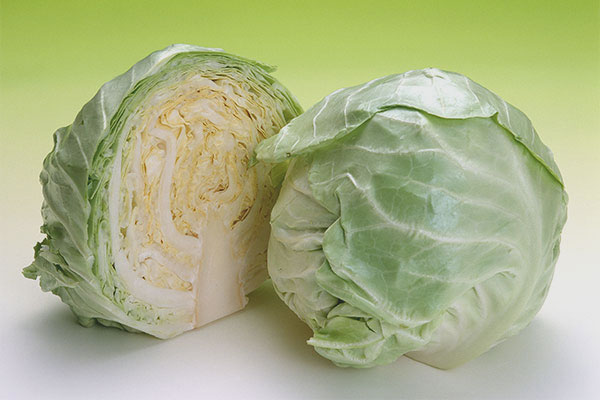

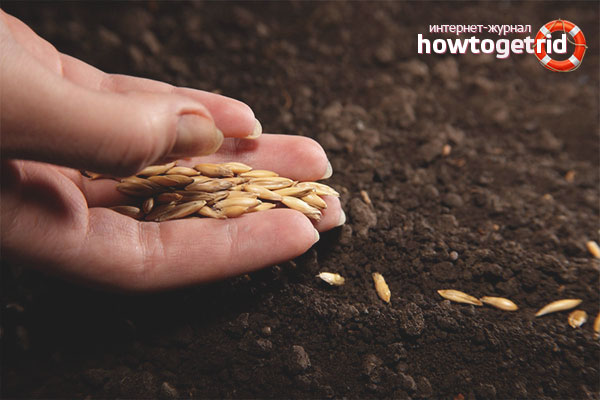
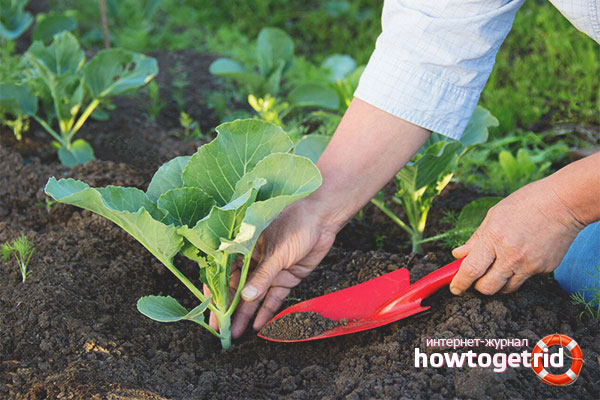

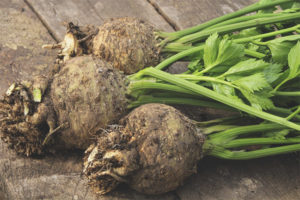
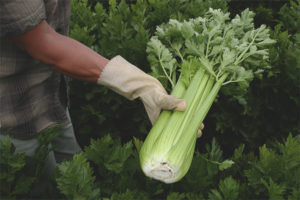

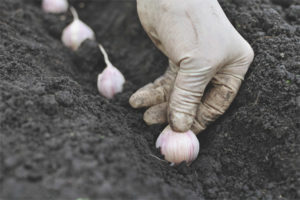

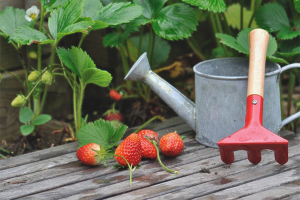

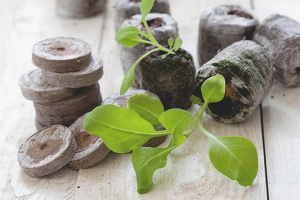
To send